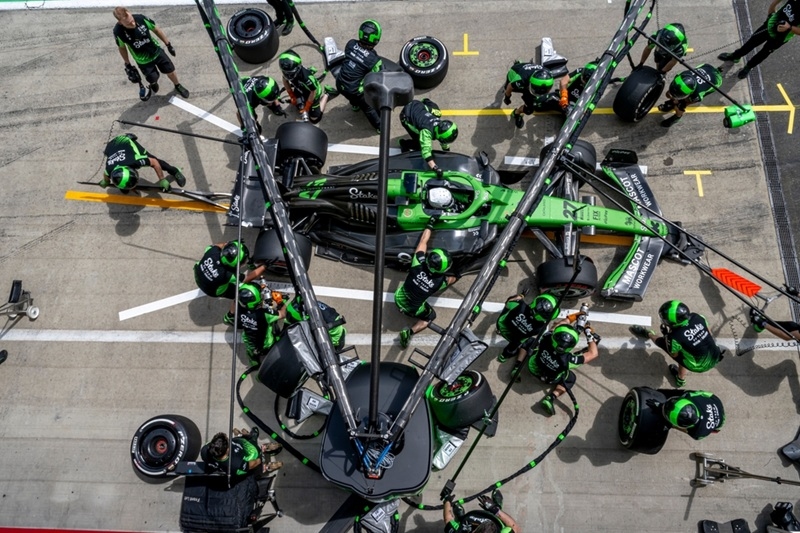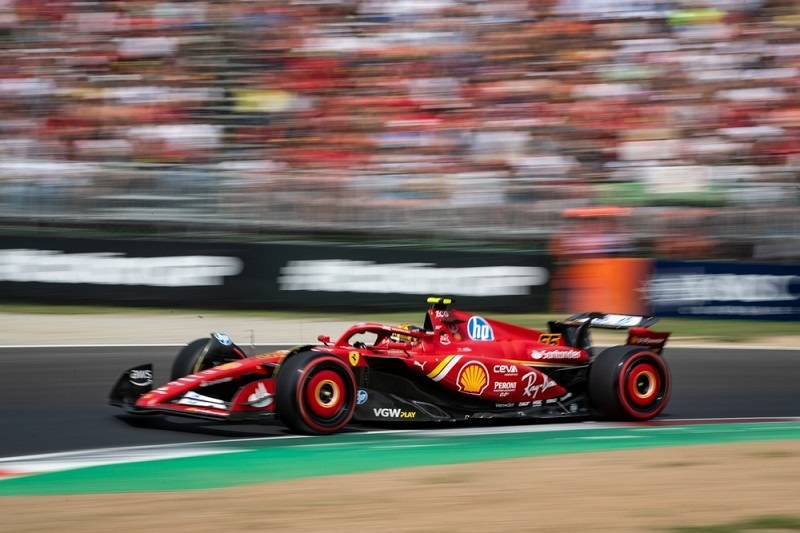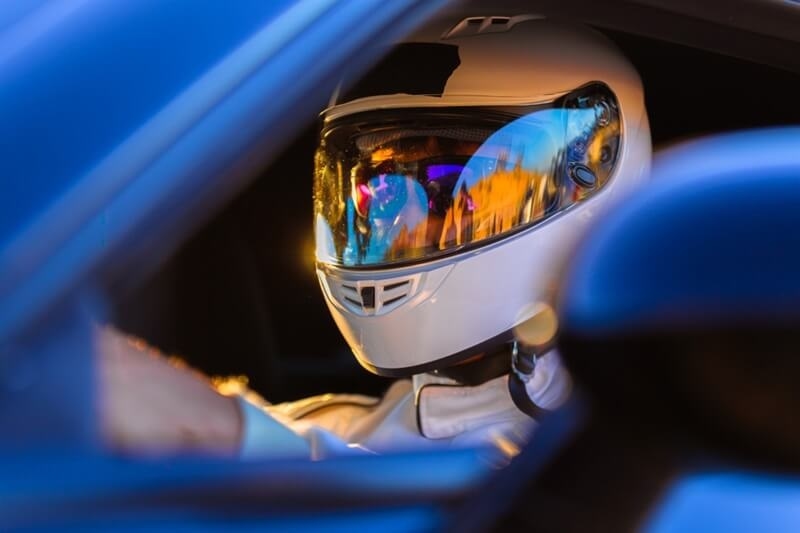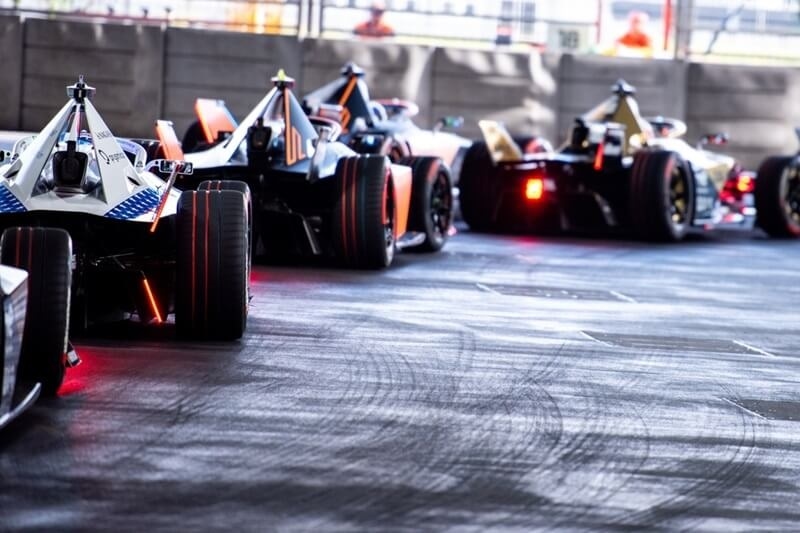12 Worst F1 Crashes of the Last Decade: Shocking Accidents

Formula 1 is synonymous with speed, precision, and the thrill of pushing boundaries. But as much as it’s about the roar of engines and breathtaking overtakes, it’s also about moments that leave us gasping, hearts pounding, as drivers walk away (or don’t) from jaw-dropping crashes. The last decade has seen its fair share of shocking accidents that remind us of the fine line between triumph and tragedy in motorsport. Buckle up because this list isn’t for the faint of heart.
The Halo Savior: Romain Grosjean’s Fireball Crash (2020)
Picture this: Bahrain Grand Prix, lap one, and Grosjean’s car slices into the barriers, splitting in half and erupting into flames. If Hollywood had scripted it, we’d call it too dramatic. Miraculously, Grosjean emerged from the inferno, crediting the halo device for saving his life. It was a crash that rewrote safety narratives, leaving the F1 community both horrified and grateful.
Monza Madness: Charles Leclerc’s Barrier Slam (2020)
The Temple of Speed didn’t hold back when Leclerc lost control at Monza, slamming into barriers at terrifying speed. The Ferrari faithful collectively held their breath as debris flew. Thankfully, Leclerc walked away shaken but unscathed while Ferrari engineers cried into their espresso over the repair bill.
Spa’s Tragic Reminder: Anthoine Hubert (2019)
Not all F1 crashes end with relief. At the Belgian Grand Prix, Anthoine Hubert’s collision during an F2 race was a stark reminder of the sport’s dangers. The chain-reaction crash resulted in a loss that shook the motorsport world, prompting enhanced safety measures to honor his legacy.
The Flight of Mark Webber (2010)
Okay, this one sneaks in just before the decade cutoff, but it’s unforgettable. Webber’s car decided it was time for a flight lesson at Valencia, flipping dramatically into the air. Despite the aerial acrobatics, Webber emerged with nothing more than a bruised ego and a newfound respect for gravity.

Mugello Mayhem: Multi-Car Pile-Up (2020)
The Tuscan Grand Prix turned into a demolition derby with a multi-car crash on the restart. Imagine bumper cars but at 200 mph. Drivers blamed each other, the stewards scratched their heads, and fans got a heart-pounding spectacle. Everyone survived, though some cars weren’t so lucky.
Sebastian Vettel’s Silverstone Spin (2018)
While not the most horrifying crash, Vettel’s collision with Valtteri Bottas at Silverstone was a reminder that even four-time world champions can get it wrong. The spin, the gravel, the disappointment—it was a slow-motion heartbreak for Vettel fans.
You May Also Like: Trailblazing F1 Female Drivers: Breaking Barriers in Racing
Singapore Sling: Perez vs. Sirotkin (2018)
In the tight streets of Singapore, Sergio Perez and Sergey Sirotkin tangled in a crash that was more infuriating than catastrophic. Perez’s frustration boiled over, leading to a string of errors. The aftermath? Damaged cars and damaged egos.
Kubica’s Comeback Chaos (2019)
Robert Kubica’s return to F1 was inspiring, but his crash in Canada was a stark reminder of the challenges he faced. While it wasn’t life-threatening, the incident highlighted the razor-thin margins of error in F1, even for seasoned drivers.
Brazilian GP Chaos: Verstappen and Ocon’s Clash (2018)
What happens when two drivers refuse to back down? Sparks, collisions, and a post-race shove-fest in the paddock. Verstappen’s collision with backmarker Ocon might not have been a massive crash, but it was explosive in every other sense.
Nürburgring Nerve-Wrecker: George Russell’s Spin (2020)
The young Brit’s crash at the Nürburgring showed how quickly fortunes can change. Russell’s spin-out was a gut punch in a promising race, but it proved he could bounce back stronger. A small crash, perhaps, but a big lesson learned.
Hamilton and Rosberg’s Spain Showdown (2016)
What’s more shocking than teammates colliding? When those teammates are championship contenders. Hamilton and Rosberg’s first-lap collision in Spain ended both their races and sent Mercedes bosses scrambling for damage control. Drama, thy name is F1 rivalry.
Alonso’s Melbourne Miracle (2016)
Fernando Alonso’s crash in Australia was the stuff of nightmares. His McLaren collided with Esteban Gutiérrez’s car, flipping and disintegrating into a heap of carbon fiber. Miraculously, Alonso walked away with minor injuries, leaving fans in awe of modern F1 safety.
The Evolution of Safety Measures
While the crashes above highlight the risks, they also showcase the incredible strides in F1 safety. The introduction of the halo, enhanced crash structures, and ever-evolving technology have saved countless lives. Each accident spurs innovation, making F1 both safer and more competitive.
Why Crashes Don’t Deter F1 Fans
For some, crashes are a guilty thrill of motorsport, but for true fans, they’re a stark reminder of what’s at stake. The skill, courage, and resilience of drivers keep us hooked, even when things go sideways—literally.
Similar Reads You May Enjoy: F1 Weekend Guide: Tips for Beginners to Enjoy Every Moment
When Crashes Redefine the Sport
Crashes in Formula 1 are more than just dramatic spectacles; they are pivotal moments that redefine the sport. Take Romain Grosjean’s fireball crash in Bahrain. That incident wasn’t just an adrenaline-pumping moment—it was a wake-up call. The halo device, which had initially faced skepticism from drivers and fans alike, suddenly became an undisputed hero. Safety debates ended right there on the fiery wreckage of Grosjean’s Haas car. If it weren’t for the halo, Grosjean might not have walked away to tell the tale, let alone return to motorsport.
Beyond safety measures, crashes also force teams and governing bodies to innovate constantly. Car designs are scrutinized, circuit layouts reevaluated, and protocols revised. The FIA (Fédération Internationale de l'Automobile) doesn’t take these incidents lightly. Each crash is dissected with the precision of a surgeon, ensuring that lessons are learned and improvements implemented.
The Emotional Rollercoaster for Fans and Teams
Let’s face it: it can be said that being a Formula 1 fan is definitely not for the faint-hearted. In 2016, the world held its breadth when Fernando Alonso’s car flipped and disintegrated in Australia. For a moment, time stopped. People didn’t watch races to find out who would win the lap or where the car would be placed at the end of the race; what they wanted to know was, would he survive the weekend? Seemingly, at the time, the only thing that could catch someone’s glance more than an apparent explosion of a scrapyard would be learning that Alonso was not hurt in this scene. It’s these times that cause the whole Formula One fraternity to come together in prayer and admiration – small and large things that make people come closer and embrace a broader society.
For teams, it is a much higher task because the emotional investment on the side of the workers is immensely stronger. Hence, mechanics, engineers, and strategists invest so much time in designing and perfecting these machines. Witnessing a car being crushed in an accident is emotionally very painful—it is also a disaster from an operational point of view. Spare parts, expenditure ceilings, and lost sleep are in store. But that’s the nature of the sport: orderliness in the midst of confusion and innovation in the face of threat.
Crashes That Changed Careers
Some crashes are not limited to altering safety measures but indeed impact people’s lives. The young Anthoine Hubert lost his life in 2019 in the great Spa event, which very much reminds the risks involved in motorsport. While Hubert’s death was tragic for the many fans and friends who mourned the young racer, for those of Pierre Gasly and Charles Leclerc, among others, his death was not so much the act of embracing the risk as a personal loss but a new way of approaching the race. The moment they cross each lap, they pay with their lives in honor of their departed friend. Likewise, Robert Kubica’s accident in Canada early in his career was unbeneficial but, at the same time, crucial. Although he was out of Formula 1 racing for quite some time, still coming back was nothing but sheer willpower. Crashes are terrible incidents, but it must be noted that they help develop a driver’s character and tenacity.
Conclusion: Lessons from the Track
The past decade of F1 crashes has been a mix of terror, relief, and inspiration. Each incident is a reminder of the sport’s essence: pushing limits, embracing risks, and celebrating the human spirit’s resilience. Here’s to a future where drivers keep walking away, and fans keep holding their breath, hearts racing with every lap.
This content was created by AI




